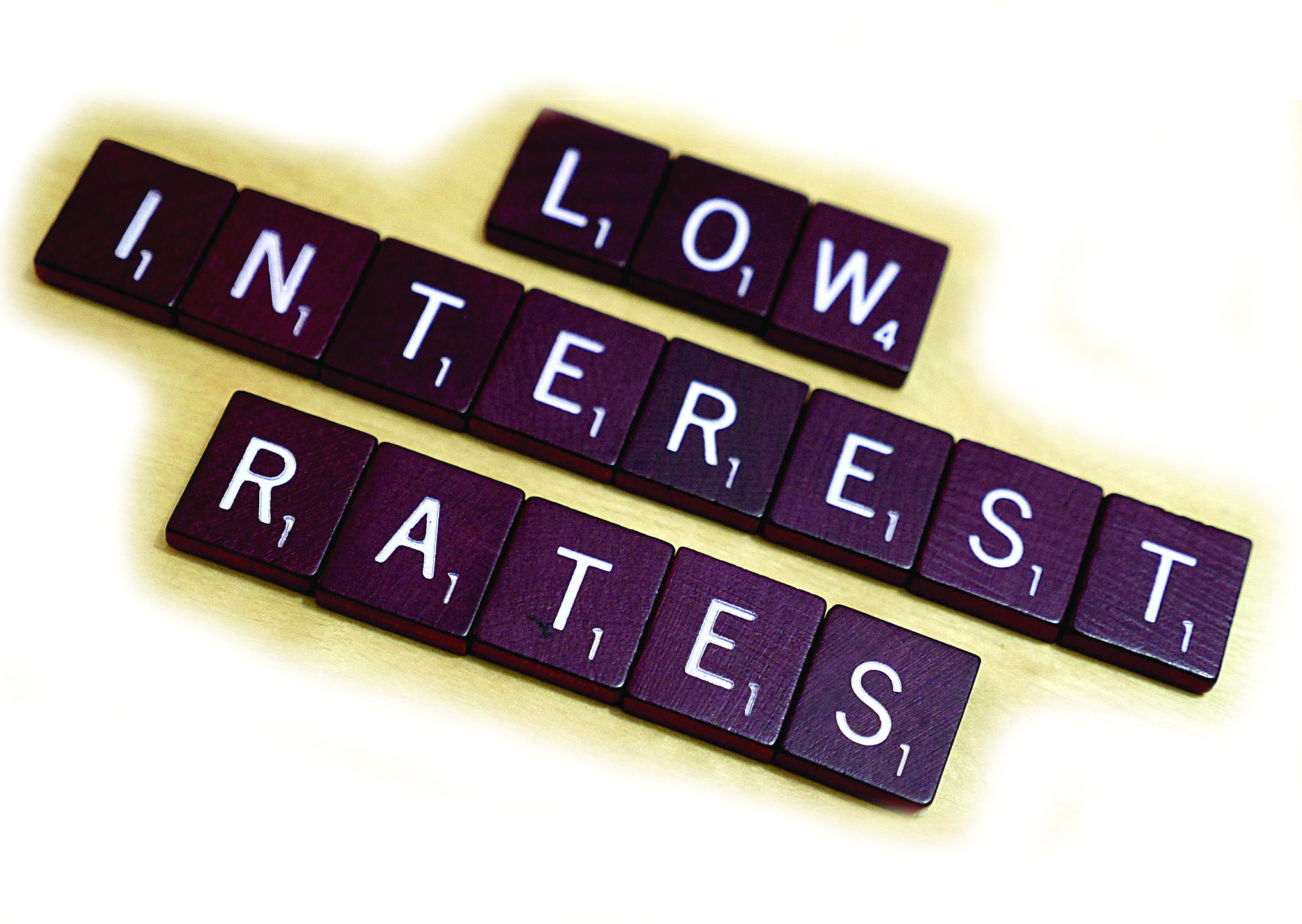Interest rates have been at historical low levels and even with the recent increases, the 10-year treasury yield is still only at around 1.65% as of this writing. With rates at this level and expectation they will stay low for at least a couple more years, you may be wondering if it still makes sense to include bonds in your portfolio. To answer that question, it is important to understand the role that bonds play in your portfolio as they are included for a variety of reasons.
Interest rates have been at historical low levels and even with the recent increases, the 10-year treasury yield is still only at around 1.65% as of this writing. With rates at this level and expectation they will stay low for at least a couple more years, you may be wondering if it still makes sense to include bonds in your portfolio. To answer that question, it is important to understand the role that bonds play in your portfolio as they are included for a variety of reasons.
Diversification
A portfolio with bonds will be more diversified with reduced risk compared to an all-stock portfolio. We all know that over the long-term, stocks are expected to provide a superior return compared to other investments, however that return comes with a lot of volatility. Most investors don’t have the appetite to handle the risk of an all-stock portfolio. By incorporating bonds in a portfolio an investor can smooth out some of the volatility, especially in the short-term if the stock market takes a dip.
Economic Hedge
Bonds can be a good investment as a hedge against economic downturns. This is because the prices of bonds will generally rise as the prices of stocks fall. This happens because when the stock market is declining investors will sell off stocks and look for a safer place to invest their money. Due to the capital preservation aspect of bonds, they are considered a safe haven during periods of economic decline.
Risks
Although bonds are much less risky than stocks they do come with some risks of their own. One risk of owning bonds is called interest rate risk which is the risk that the value of the investment will change due to changes in interest rates. Bond prices have an inverse relationship to interest rates so when interest rates increase, the price of a bond will decrease, and vice versa. This happens because if rates have risen, then the bond paying the lower interest rate would not be as attractive to an investor since there are now ones paying a higher rate. The other major risk of holding bonds is called default risk. This is the risk that the bond issuer may fail to make the contractual interest payments or even be unable to pay back the principal. Even though bonds come with these risks, there are ways to mitigate these risks by understanding the types of bonds available and incorporating them appropriately in your portfolio.
Duration
We know that a bond’s price is impacted by interest rates, but by how much? We can use a measure called duration to answer this question. Duration is generally expressed in years and the longer the duration of the bond, the more sensitive it will be to changes in rates. Bonds with a longer duration will be impacted more by changes in interest rates than bonds with shorter durations. When rates are rising, you may want to consider moving into shorter duration bond funds. Likewise, if rates are falling, a bond with a longer duration will increase in value more than a bond with a lower duration so intermediate or longer-term bonds may make more sense.
TIPS
Treasury inflation-protected securities (TIPS) are issued by the U.S. government and are indexed to inflation, so they are often used as an inflation hedge. The way they work is the principal value will adjust up or down as inflation changes which is measured by the Consumer Price Index (CPI). Interest is typically paid twice per year at a fixed rate; however, the rate is applied to the adjusted principal. At maturity, the TIPS will pay either the inflation-adjusted principal or original principal, whichever is higher.
Floating Rate Bonds
These funds offer a variable interest rate as opposed to the normal fixed rate you are used to seeing with bonds. This is because these funds invest in debt and loans made by banks to companies with floating rates which fluctuate based on an underlying interest rate level. These funds can offer higher yields in a rising interest rate environment, so they provide some protection from interest rate risk. They are often offered by companies with non-investment grade credit, so can come with some credit risk; however, there are some funds available which carry only investment-grade bonds.
High Yield Bonds
These bonds are non-investment grade, so are issued with a higher interest rate to compensate the investor for taking on the added risk. However, they are less sensitive to interest rate movements as compared to other areas in the bond market. In addition, they tend to perform like stocks and do better during times of economic growth which is generally accompanied by rising interest rates.
Even though current yields on bonds are at historic lows, there are many other reasons to continue holding them in your portfolio. Once you understand all the roles they play, you can then decide on the types and amounts to include.
Deborah Hobart, CPA is a Financial Advisor at Blue Water Capital Management, LLC, a fee-only financial advisory firm in Apex, NC. For more from Deborah, check out Blue Water’s latest Investing Insights on their website.








